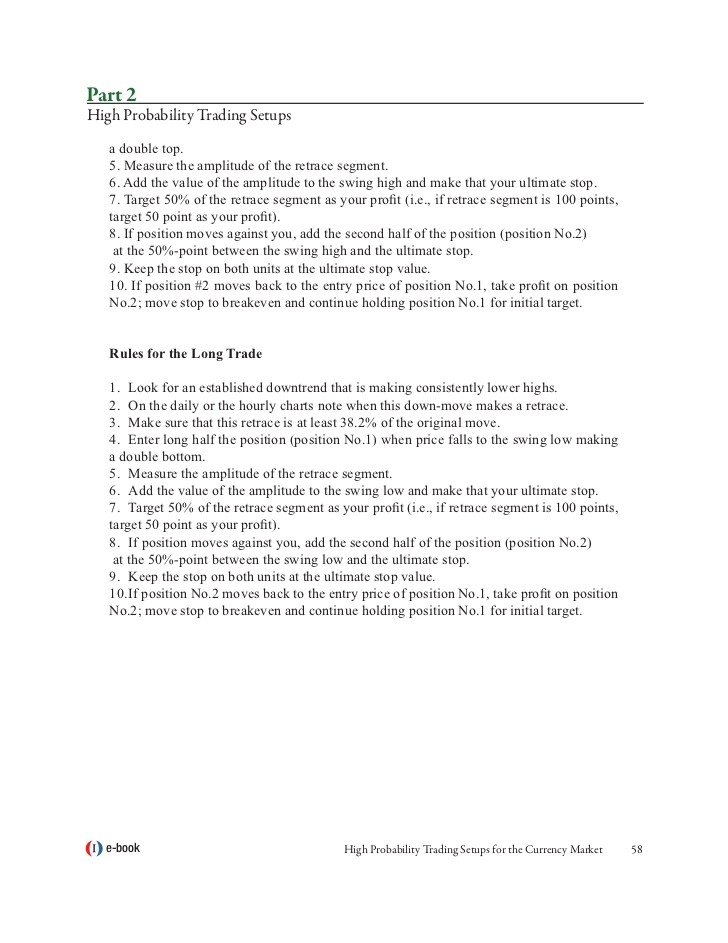The “Turn to the Carry” Trade in currency trading Trading Currency
Post on: 16 Март, 2015 No Comment

“Turn to the carry ” is a difference of the “turn to trend” system intended for long-tenure dealers involved in currency trading in the direction of the optimistic carries. It has quite a lot of modifications that make it dissimilar from turn to trend, but the universal concept behind the system trades on the matching principles of discovering admission at the most beneficial pivot points in cost event. For the dealers who have the tolerance for long-tenure moves, the policy creates fewer, but more powerful, trades.
How the “Turn to the Carry” Trade functions in currency trading?
First of all, the system in the currency trading is only operated in the course of the carry, which is the direction of optimistic interest. So, if the Australian currency offers more price than Japanese currency, for AUD/JPY currency pair the policy is only operated from the stretched part. In the same way, if the Great Britain pound takes a upper price than the Euro, for the EUR/GBP currency pair, the system would only be operated on the small side. Suppose in the upcoming period, the currency of Japan offers higher interest than the currency of Australia, or the euro takes a higher rate than the British pound, then these regulations would be overturned. The one reliable rule is that the dealer must operate only in the track of the currency with the better interest rate gain. Next, the turn to the carry employs only every day charts and uses Bollinger Bands with a setting of 2-standard deviation and 1-standard deviation as an alternative of the combination of 3-Standard deviation-2-standard deviation employed in the normal turn trade plan.
Rules for the Long Trade
Put Bollinger Bands in two sets on the everyday diagram. The Bollinger Bands’ first set must be positioned to 2-Standard Deviation and the subsequent pair must be positioned to the 1-Standard Deviation.
Once the cost split through and shuts above the lesser 2-Standard Deviation-1Standard Deviation “Bollinger Band” feed, pay money for at the market.
Place the stop at swing low less 5 points and work out your risk price, which is the difference between the entry price and the stop price.
Put turnover target for the initial unit at 50% of risk price.
Shift the stop to get by after the initial profit objective is achieved.
Way out the next unit when cost closes more than the higher 2-Standard Deviation Bollinger Band or at breakeven, whichever approaches first.
Rules for the Short Trade
Put Bollinger Bands in two sets on the everyday diagram. The Bollinger Bands’ first set must be positioned to 2-Standard Deviation and the subsequent pair must be positioned to the 1-Standard Deviation.
Once the cost split through and shuts below the higher 2-Standard Deviation-1Standard Deviation “Bollinger Band” canal, put up for sale at market.
Place the stop at swing low high plus five points and work out your risk price.
Put turnover target for the initial unit at 50% of risk price.
Shift the stop to breakeven when the initial profit objective is achieved.














